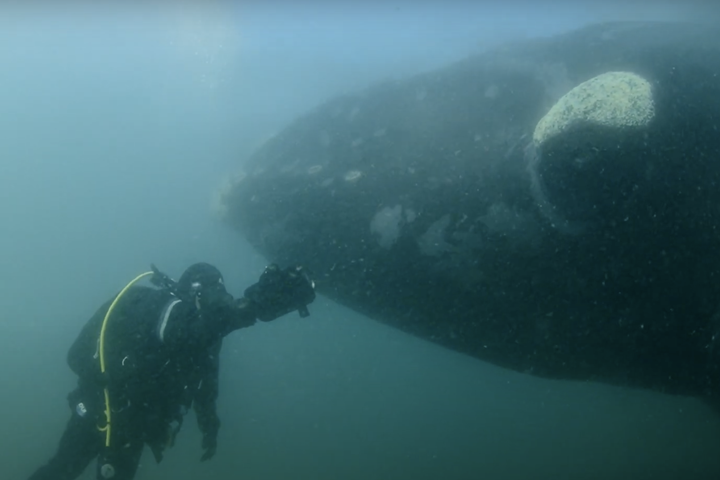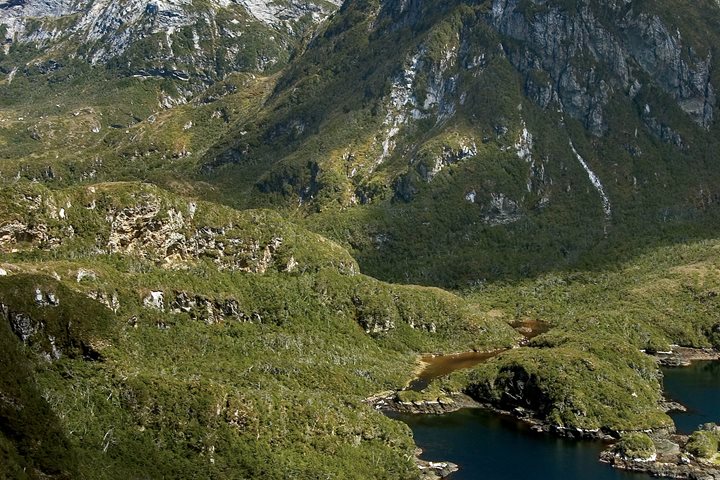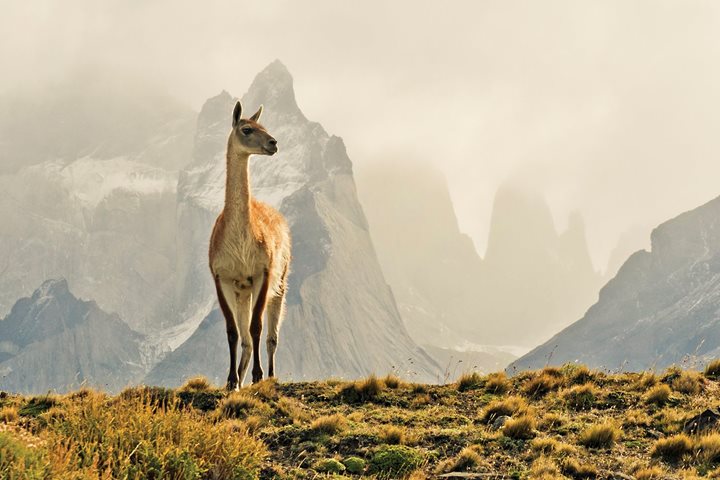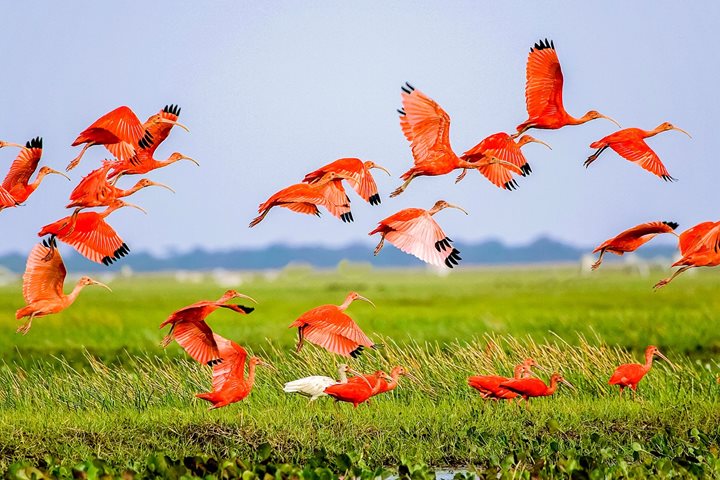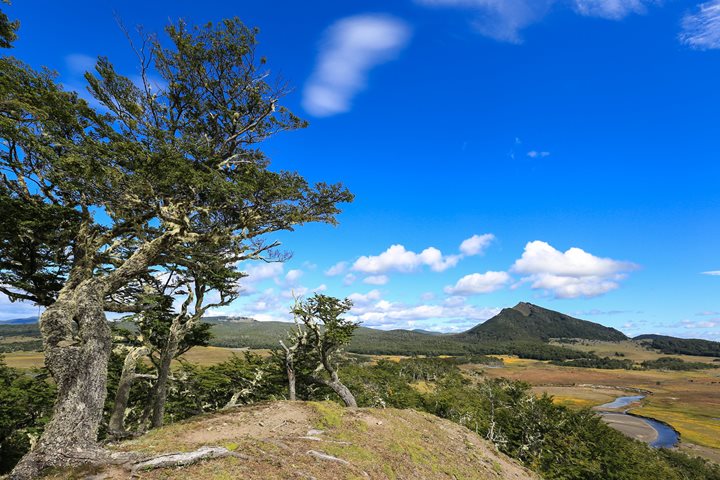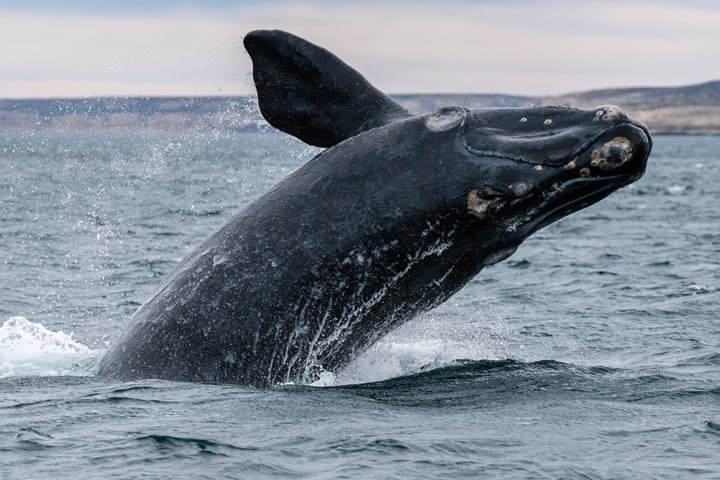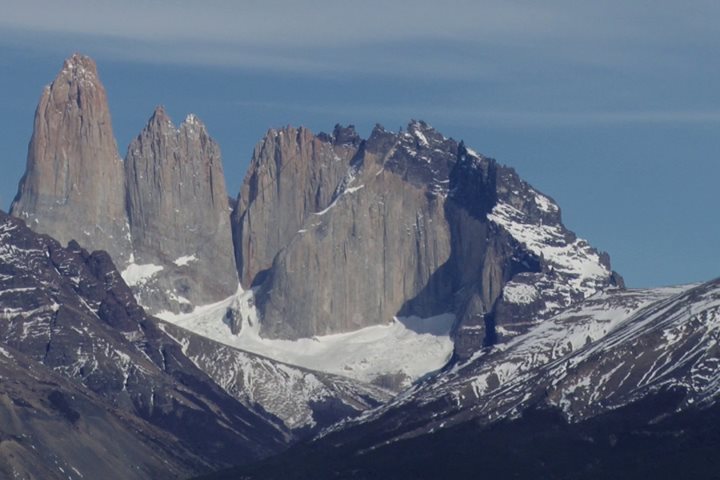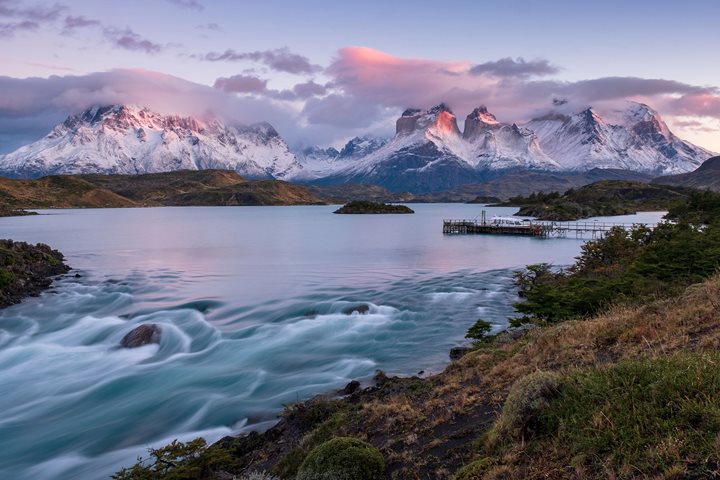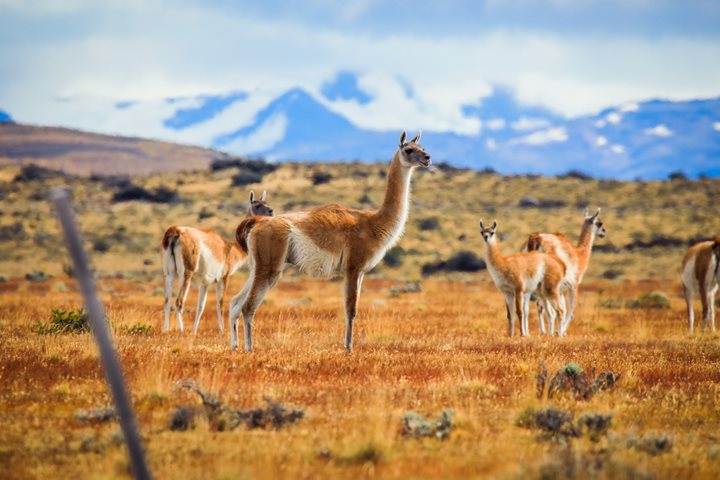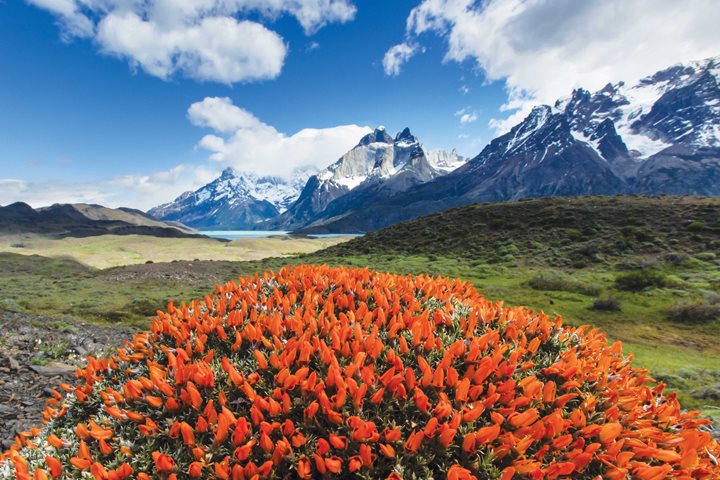Call +1.800.397.3348 or contact your travel advisor
11/14/2013
1 Min Read
Diving with Whales in Patagonia
1/29/2019
3 Min Read
Argentina's Staten Island Reopens for Lindblad Visitors
4 Min Read
Wild Personalities: The Guanaco
4 Min Read
Spectacular Birds of South America
4/9/2020
3 Min Read
Karukinka Natural Park: An Innovative Model of Conservation
5/14/2020
4 Min Read
Peninsula Valdés: A Paragon of Conservation
3/7/2022
3 Min Read
Why Patagonia Is a Photographer’s Paradise: Q&A with Krista Rossow
3/8/2022
4 Min Read
Patagonia Wildlife: Spot the Region’s Big Five
3/8/2022
3 Min Read
Patagonia's Must-See Sites: From Torres del Paine to Staten Island
Showing 12 of 12

